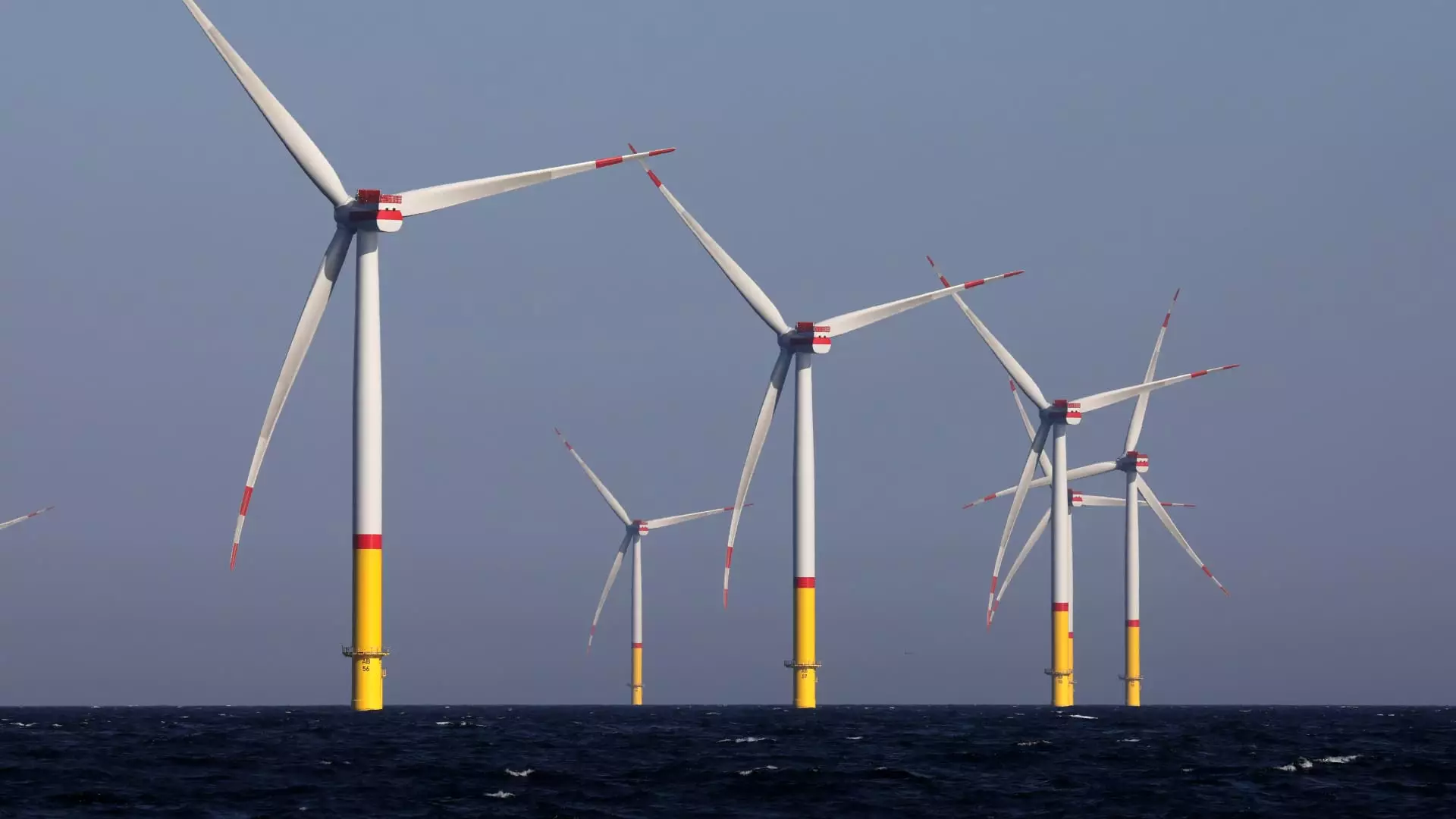The recent decision to resume construction on Equinor’s Empire Wind 1 offshore wind farm off the coast of New York marks a significant shift in the political landscape surrounding energy projects in the United States. This situation exemplifies the complex interplay between state and federal governments, energy policy, and public sentiment toward renewable energy. The project, which promises to deliver power directly to the bustling metropolis of New York City, has become a focal point in an ongoing battle over the country’s energy future. While it is easy to perceive the resumption as a victory for environmentalists and green energy advocates, the reality is more nuanced and reflects the intricate dynamics of governance—especially in a politically charged environment.
The Role of Key Players: A Tug-of-War Between Interests
Equinor’s Empire Wind project is not merely a renewable energy initiative; it is a battleground for varying political interests. After the original halt ordered by Interior Secretary Doug Burgum, fears surged among stakeholders. The abrupt stop on construction sent ripples through capital markets, highlighting the fragility of public-private partnerships when political winds shift. With New York Governor Kathy Hochul advocating for the project’s continuation, one must question if the recent agreements are a sign of substantive progress or a mere compromise among conflicting interests. Hochul’s reluctance to mention the natural gas aspect reveals deeper underlying tensions, particularly in a state known for its historical opposition to fossil fuel projects.
Importantly, the agreement to lift the stop-work order between Burgum and Trump suggests an unsettling alliance that may emerge between pro-business factions and environmental advocates compelled to embrace renewable initiatives. Could this mark the emergence of a new political coalition? Or will it lead to more fragmented energy policies that hinder effective planning and execution?
The Economic Implications: Jobs vs. Environmental Advocacy
Another critical aspect to consider is the economic implications tied to the Empire Wind project. With 1,500 union jobs promised, one cannot overlook the potential influence of organized labor in this scenario. While jobs are the currency of political favor, they also underline the urgent necessity for local economies to adapt to more sustainable practices. The initial triumph has revealed its darker aspects: activists who champion environmental justice may find themselves at odds with organized labor if they oppose projects that promise job creation, albeit in an area that historically relies on traditional energy sectors.
This tension raises a significant question: Does the long-term benefit of renewable energy projects outweigh immediate job concerns? It is essential to acknowledge that while Empire Wind 1 promises a cleaner future, it will do so at the intersection of financial pressures and contentious labor issues. Such dilemmas are often avoided in mainstream energy discussions but deserve careful analysis, particularly in an era where climate change activism is at the forefront.
The Irony of Leadership in Energy Policy
The Empire Wind saga underscores an ironic paradox in U.S. energy policy: while the nation aspires for green energy independence, the strategy to achieve this is often undermined by a landscape riddled with conflicting agendas. Trump’s administration, known for its ‘America First’ mantra, paradoxically imposed regulations that hindered offshore wind development—an area he once attacked vocally. Expecting renewable energy projects to flourish in an environment where political maneuvering often trumps logical and scientific assessment paints a troubling picture of leadership.
Burgum’s declaration of potential economic benefits from increased access to natural gas markets starkly contrasts with the Biden administration’s focus on renewable technologies. In New York, where sentiment has strongly leaned against fossil fuels, the embrace of natural gas raises eyebrows and complicates public discourse around energy choices. This inconsistency is indicative of a leadership class caught in a web of outdated ideologies that fail to recognize a synergistic approach to energy policy is the only way forward.
The issue of the Empire Wind 1 project encapsulates broader debates surrounding energy independence, economic vitality, and environmental stewardship. As construction resumes, discussions about what sustainable future looks like will inevitably continue—whether in boardrooms, state legislatures, or local communities. In the evolving landscape of American energy policy, it remains vital that discussions acknowledge these multifaceted complexities rather than simplifying them into isolated categories of either “good” or “bad.” The conversation needs to be expansive, bold, and inevitably, confrontational, as we contemplate this daunting yet exciting era of national energy transformation.

